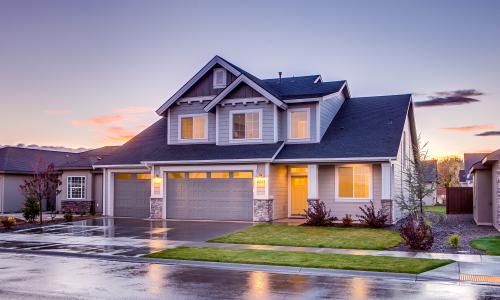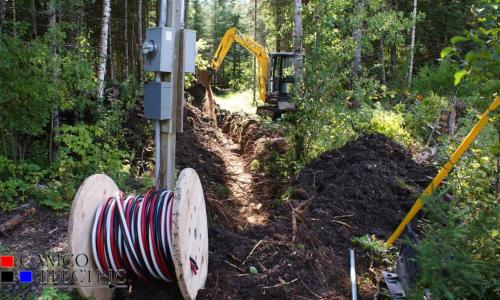
Overview
We have been fueling our vehicles with diesel or gasoline for a long time now! We all know there are many options of gasoline to choose from (regular up to premium grades). While we all know how to fuel a vehicle with gas or diesel, charging of an EV can be confusing and at times difficult to grasp! Below is a great explanation on how the EV systems operate and information on the various types of charging systems. Whether you are charging at home, at the lake, or at the office, always make sure you have the proper type of charging station in place!
The amount of charge, and the charge times to electric vehicles can vary. There are 3 different types of EV charging stations.
Three Levels of EV Charging
Today there are three levels of EV chargers. Level 1, Level 2, and Level 3. The higher the level of charging, the faster the charging process is. This is due to more power being delivered to the vehicle. You should note that different electric vehicle will charge at different speeds on each level, because each EV can receive different levels of power from the charger itself.
The vehicle will always determine how much power to accepts. This will in fact protect the EV from an "over delivery" of power.
Level 1 Charging: 120V single phase standard household receptacle
Charge Speed: 4-8 KM per hour
Typical placements: Home, Cottage and work.
Level 1 chargers use a standard 120V 15 amp outlet. Your standard outdoor GFCI will work just fine! Level 1 is the slowest way to charge an EV. It adds between 3 and 5 miles of range per hour.
Level 1 chargers are an ideal use for all locations. You can typically plug in anywhere! This really helps when your battery life is low and you need to top up pretty much anywhere. Keep in mind, this is also the slowest charge type. It can take anywhere from 20-24 hours to completely recharge the vehicle!
Level 2 Charging: 240V - 208V power
Charging Speed: 30-35KM per hour
Typical placements: Home, Cottage, work and public
Have access to level 2 charging is the most ideal case! It offers much faster charging than level 1 at a rate of approximately 30-35km per hour of charge.
You will see most level 2 charging stations at places like shopping malls, retail outlets, dealerships and gas stations.
Its possible to have a level 2 charging station at home, however you will require a 240V outlet.
Level 2 chargers can consume up to 80 amps of power. The Canadian electrical codes requires an 80 amp load to be protected by a 100 amp breaker. This could require an upgrade to your home or office electrical panel. You typically will require a 200 amp panel to accommodate a level 2 charging station. You may also avoid this by installing a smaller level 2 charger with a range of 40-50 amps of consumption.
Level 3 Charging: 400V - 900V (Supercharge)
Charging Speed: 225-250KM per hour
Typical placements: Commercial buildings, public and dealerships
The level 3 charger is by far the fastest type of charging station currently available (for now!).
Level 3 charging will use DC power, unlike level 1 and 2 which use AC power. The benefit of the higher voltage is simply the speed of charging!
Because of the voltage requirements, level 3 chargers are not typically found in homes.
Check out some of our projects pages and have a peek at some of the EV chargers Camco Electrical has installed!
Camco Electric is a leading provider for electrical installations in the electric vehicle market in Winnipeg. We have been proudly awarded many projects with auto dealers like Ford, Cadillac, Kia, Nissan any many more.
Many home owners count on Camco Electric to provide them with the proper installation of an EV charger in their homes.
Call us today for a free quote on your new EV charging station!






